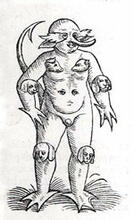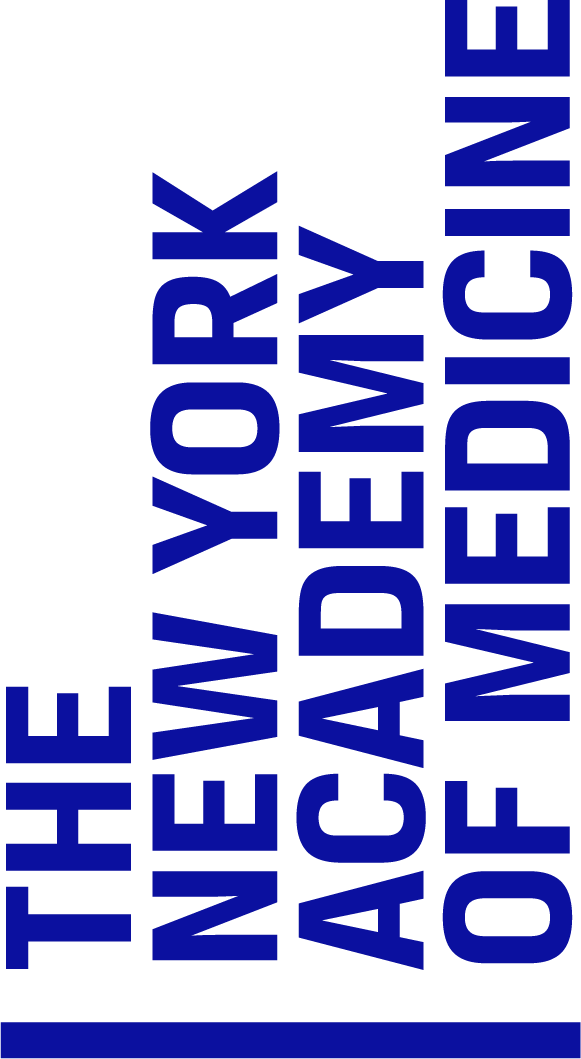 This exhibit examines the evolution of teratology (i.e. the study of perceived abnormalities in the natural world, both real and imagined) through the eyes of physicians and philosophers. How have they considered and how have they intertwined different interpretations in their representations and explanations of wonders from Antiquity to the end of the 18th century?
This exhibit examines the evolution of teratology (i.e. the study of perceived abnormalities in the natural world, both real and imagined) through the eyes of physicians and philosophers. How have they considered and how have they intertwined different interpretations in their representations and explanations of wonders from Antiquity to the end of the 18th century?
The term “monster”, which is derived from the Latin verb “monstrare” meaning “to show”, was used to describe a visually unusual creature from the 1st century B.C. onward. Greek and Roman authors had already developed scientific, ethnographic, and cosmographic interpretations of “the monstrous”. These classical interpretations were to remain influential until the end of the 17th century.
With the coming of Christianity, authors interpreted such phenomena as having been brought forth by God to communicate divine judgments. By the end of the Middle Ages, unusual natural occurrences were increasingly perceived as “wonders,” or “prodigies”, terms which all focused on their strange and exceptional character. Wonders were seen as signs of God’s anger, or a sign of the power of nature, inspiring fear or admiration depending on the religious and political context.
By the end of the 17th century, “wonders” and “prodigies” were no longer considered useful by those seeking to understand nature, and what had begun to be seen as imaginary creatures were excluded from scientific study. This led, in the early 19th century, to a narrower definition of the “monstrous” and to the founding of a new field of scientific research.
This richly illustrated exhibit includes pamphlets, rare broadsides, and significant books in the history of teratology drawn from the extensive collections of The New York Academy of Medicine Library.
Caroline Duroselle-Melish, Reference Librarian, Historical Collections, conceived, researched, and developed “A Telling of Wonders: Teratology in Western Medicine through 1800” physical exhibit. Open and free to the public, the exhibit was on display from November 1, 1999 to February 15, 2000 at the New York Academy of Medicine Library. Shortly after, the current online exhibit was created based on the physical exhibit.
